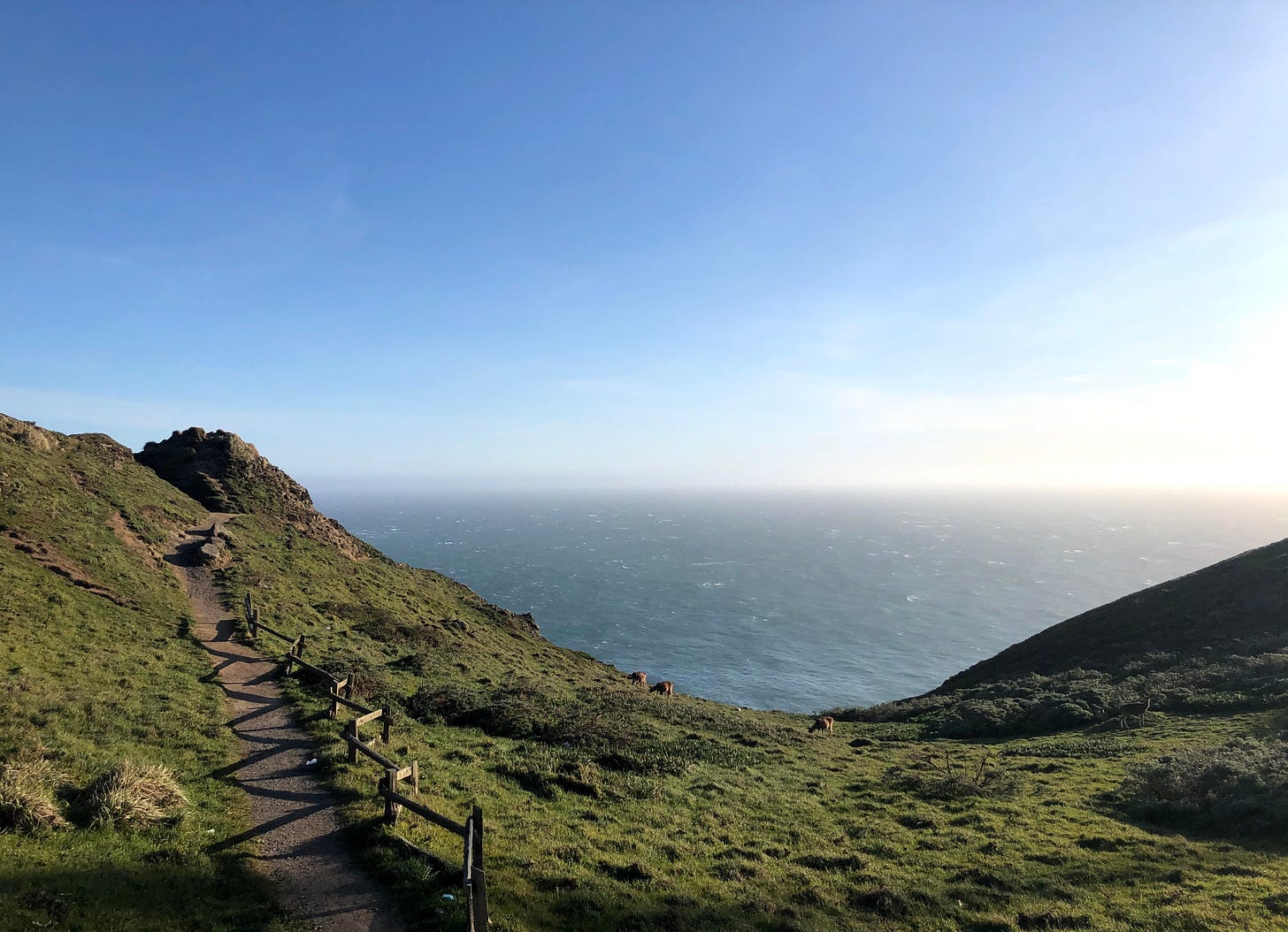My husband and I love J.R.R. Tolkien. We each read The Hobbit as children and our appreciation of the vast universe he created is a shared interest. My husband’s knowledge—not only of Tolkien’s literature, but of his life— is far deeper than my own. A few years ago, he informed me that Tolkien and I have something in common. Aside from my love of languages and the craft of writing, we share a recurring dream.
“…I have what some might call an Atlantis complex. Possibly inherited, though my parents died too young for me to know such things about them…I mean the terrible recurrent dream (beginning with memory) of the Great Wave, towering up, and coming in ineluctably over the trees and green fields.”
— J.R.R. Tolkien, Letter 163 from The Letters of J.R.R. Tolkien
I often refer to this dream as ‘The Flood.’ It’s not the only recurring dream I experience, but it is by far the most vivid and frequent. When I consult dream dictionaries, they generally say depictions of tsunamis and other types of giant waves indicate feelings of overwhelm or lack of control. Some sources go so far as to say the Great Wave may be an omen of something devastating to come. Tolkien, however, refers to the dream as a memory.
“This legend or myth or dim memory of some ancient history has always troubled me. In sleep I had the dreadful dream of the ineluctable Wave, either coming out of the quiet sea, or coming in towering over the green inlands. It still occurs occasionally, though now exorcized by writing about it…I used to draw it or write bad poems about it.”
—J.R.R Tolkien, Letter 257 from The Letters of J.R.R. Tolkien
Before I knew anything of our shared experience, I also wrote bad poems about the Great Wave. Here’s a tolerable excerpt:
Recurring Dream Song
When the water rises, the colors on the hill are bright as diamonds. As spilled ink devours ink, so the water takes my dream.
Memory or Omen?
Many cultures on the planet have in their folkloric repertoire a story about a Deluge. In nearly every version a flood consumes civilization and the survivor (or survivors) escape by boarding a boat or scaling a mountain. There is the Judeo-Christian story of Noah’s Ark, the highly similar yet polytheistic Mesopotamian myth of Eridu Genesis, the Indian myth of Manu, and Aztec religious depictions of Quetzalcóatl among others (The Editors of Encyclopaedia Britannica, 2024b). It would be no surprise if our dreams of the Great Wave are abstract memories of these stories.
Tolkien specifically referred to his condition as ‘Atlantis complex’, referencing the the island of Atlantis which is mentioned in Plato’s dialogues. According to legend, a relatively advanced civilization crumbled following a series of natural disasters, including earthquake and flood. This tale bears resemblance to modern dystopian fiction which depicts the failure of our technology as a consequence of severe weather conditions and a changing climate. Ominous, indeed. In Tolkien’s dream, he doesn’t survive, but is consumed by the flood.
“It always ends by surrender, and I awake gasping out of deep water.”
—J.R.R. Tolkien, Letter 257 from The Letters of J.R.R. Tolkien
My Version
In one version of my experience of the dream, I hike on a beach as I watch silhouetted figures wade in the water and play games on the shore. As I walk, the terrain changes from rocky beach to scrubland. The figures on the beach get farther and farther away as I climb.
Midway up the hill, I peer over the cliffside and sense the Great Wave is coming. I hesitate on the vista, aware that the people on the beach would not be able to hear my warning, nor would I be able to descend the hill in time to save them. I am overwhelmed by grief, and fear I will be taken by the water.
I run up the trail, and when I reach a large outcropping of rock at the peak, I peer over the vista as the Great Wave consumes first the distant figures on the beach and then the land. It is unclear whether or not I will be safe from the rising tide. I turn to the rock outcropping and notice a triangular glyph carved into the rock. Then I awake. What’s your version?





Fascinating. Tell me more about the glyph?
This is such a bizarre interesting post.